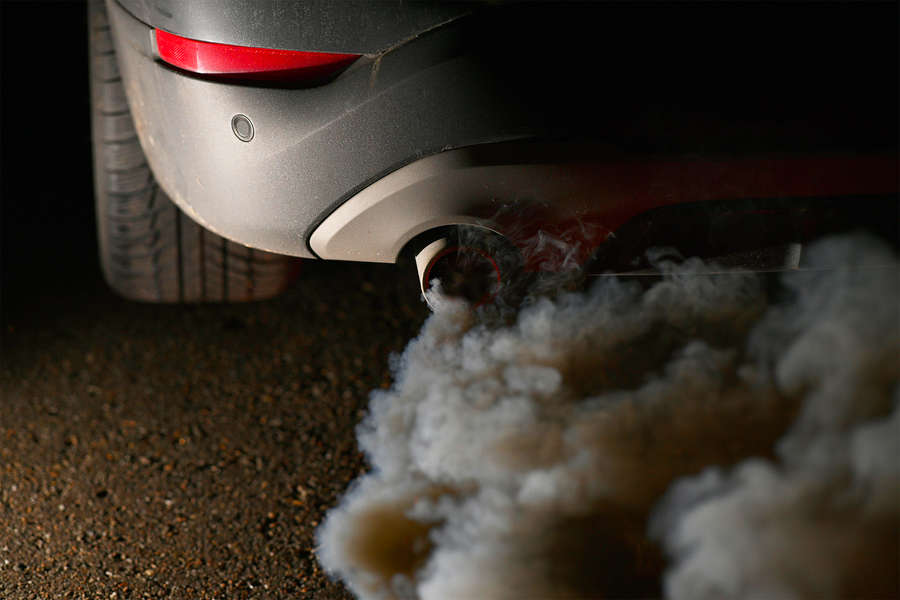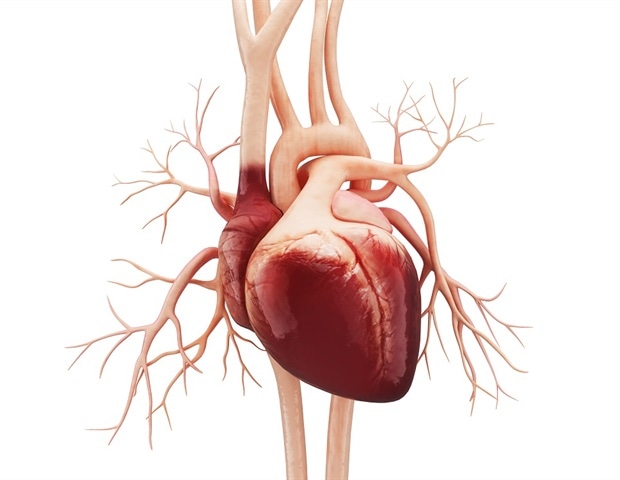What if your electronic devices could adapt on the fly to temperature, pressure, or impact? Thanks to a new breakthrough in downsizing quantum...
Vous n'êtes pas connecté
- English
- Français
- عربي
- Español
- Deutsch
- Português
- русский язык
- Català
- Italiano
- Nederlands, Vlaams
- Norsk
- فارسی
- বাংলা
- اردو
- Azərbaycan dili
- Bahasa Indonesia
- Հայերեն
- Ελληνικά
- Bosanski jezik
- українська мова
- Íslenska
- Türkmen, Түркмен
- Türkçe
- Shqip
- Eesti keel
- magyar
- Қазақ тілі
- Kalaallisut ; kalaallit oqaasii
- Lietuvių kalba
- Latviešu valoda
- македонски јазик
- Монгол
- Bahasa Melayu ; بهاس ملايو
- ဗမာစာ
- Slovenščina
- тоҷикӣ ; toğikī ; تاجیکی
- ไทย
- O'zbek ; Ўзбек ; أۇزبېك
- Tiếng Việt
- ភាសាខ្មែរ
- རྫོང་ཁ
- Soomaaliga ; af Soomaali
Rubriques :
 Maroc - TECHXPLORE.COM - RSS news feed - 20/Feb 19:00
Maroc - TECHXPLORE.COM - RSS news feed - 20/Feb 19:00
Researchers 3D print high-performance, sustainable thermoelectric materials
Rapid, localized heat management is essential for electronic devices and could have applications ranging from wearable materials to burn treatment. While so-called thermoelectric materials convert temperature differences to electrical voltage and vice versa, their efficiency is often limited, and their production is costly and wasteful.
Articles similaires
A system has been developed to convert the temperature of exhaust gases into electricity 03:15
American engineers from the University of Pennsylvania designed a prototype of the thermoelectric system, which can convert the temperature of exhaust...
Researchers develop safer and faster approach for diagnosing cardiac conditions
Endomyocardial biopsy (EMB) is a valuable method for diagnosing a range of cardiac conditions, but there is a risk of complication due to its invasive...
Scientists develop three design techniques for power-efficient and speedier wireless transmitter systems
Three innovative design techniques substantially enhance wireless transmitter performance and can boost power efficiency and elevate data rates...
Scientists unlock new way to build stronger, smarter materials with 3D printing
Researchers at Lawrence Livermore National Laboratory (LLNL) have made an exciting breakthrough in multi-material 3D printing by using capillary...
Harnessing failure as an asset: How researchers are innovating smarter wearable tech
In the world of soft robotics and wearable technology, sheet-based fluidic devices are revolutionizing how lightweight, flexible and multifunctional...
Prototype turns car and helicopter exhaust into thermoelectric energy
Combustion engines, the engines in gas-powered cars, only use a quarter of the fuel's potential energy while the rest is lost as heat through exhaust.
Smartwatches provide clues to mental illnesses, study finds
A recent study published in Cell highlights how smartwatches can be powerful tools in biomedicine, particularly for studying psychiatric illnesses...
Hybrid transparent electrodes enhance efficiency and longevity of perovskite solar cells
Bifacial perovskite solar cells are known for their ability to harness sunlight from both sides. Researchers from the Indian Institute of Technology...
Life-like 3D synthetic materials move by themselves like worms
Scientists are exploring “active matter,” a type of material that can move independently. Unlike everyday materials like plastic and wood, active...
Les derniers communiqués
-
Adobe Brings Conversational AI to Trillions of PDFs with the New AI Assistant in Reader and Acrobat
Adobe - 21/02/2024
-
Laura Frigenti takes the Helm as Chief Executive Officer of the Global Partnership for Education
Global Partnership for Education - 05/12/2022




